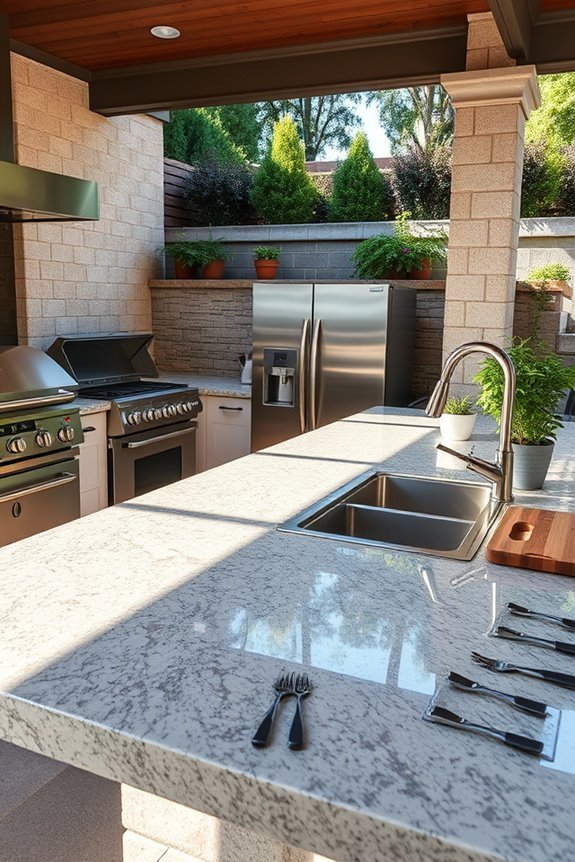How Thick Is Schedule 40 Pipe? Standard Wall Thickness Guide
When it comes to plumbing, pipework, and various industrial applications, understanding the different pipe schedules and their corresponding wall thicknesses is crucial. One of the most commonly used pipe schedules is Schedule 40, which is known for its versatility and widespread application. In this comprehensive blog post, we’ll dive deep into the world of Schedule 40 pipe, exploring its standard wall thickness and providing a detailed guide to help you make informed decisions.
What is Schedule 40 Pipe?
Schedule 40 pipe, also known as Sch 40 or SCH 40, is a classification of pipe that is defined by the American Society of Mechanical Engineers (ASME) and the American National Standards Institute (ANSI). This pipe schedule is primarily used for general-purpose applications, such as plumbing, water supply, and low-pressure gas lines.
The “schedule” in the name refers to the standardized wall thickness of the pipe, with higher numbers indicating thicker walls. Schedule 40 pipes are considered a medium-weight option, offering a balance between strength, durability, and cost-effectiveness.
Understanding Schedule 40 Pipe Wall Thickness
The wall thickness of Schedule 40 pipe is determined by the pipe’s nominal size, which is the approximate outside diameter of the pipe. The actual wall thickness may vary slightly due to manufacturing tolerances, but the standard wall thicknesses for Schedule 40 pipes are as follows:
| Nominal Pipe Size | Outside Diameter (inches) | Wall Thickness (inches) |
|---|---|---|
| 1/8 inch | 0.405 | 0.068 |
| 1/4 inch | 0.540 | 0.088 |
| 3/8 inch | 0.675 | 0.091 |
| 1/2 inch | 0.840 | 0.109 |
| 3/4 inch | 1.050 | 0.113 |
| 1 inch | 1.315 | 0.133 |
| 1 1/4 inch | 1.660 | 0.140 |
| 1 1/2 inch | 1.900 | 0.145 |
| 2 inch | 2.375 | 0.154 |
| 2 1/2 inch | 2.875 | 0.203 |
| 3 inch | 3.500 | 0.216 |
| 3 1/2 inch | 4.000 | 0.226 |
| 4 inch | 4.500 | 0.237 |
| 5 inch | 5.563 | 0.258 |
| 6 inch | 6.625 | 0.280 |
| 8 inch | 8.625 | 0.322 |
| 10 inch | 10.750 | 0.365 |
| 12 inch | 12.750 | 0.375 |
It’s important to note that the wall thickness of Schedule 40 pipe is designed to withstand a certain level of internal pressure and external loads, making it suitable for a wide range of applications.
Applications of Schedule 40 Pipe
Schedule 40 pipe is versatile and can be used in various industries and applications, including:
- Plumbing: Schedule 40 PVC (polyvinyl chloride) and CPVC (chlorinated polyvinyl chloride) pipes are widely used in residential and commercial plumbing systems for water supply, drainage, and sewage lines.
- Industrial Piping: Schedule 40 steel pipes are commonly used in industrial settings for the transportation of liquids, gases, and other fluids, such as in chemical processing plants, refineries, and manufacturing facilities.
- Electrical Conduits: Schedule 40 PVC pipes are often used as electrical conduits to protect and route electrical wiring in both indoor and outdoor applications.
- Mechanical Systems: Schedule 40 pipes are used in various mechanical systems, such as HVAC (heating, ventilation, and air conditioning) systems, compressed air lines, and hydraulic systems.
- Irrigation and Landscaping: Schedule 40 PVC pipes are a popular choice for underground irrigation systems, sprinkler systems, and landscape drainage applications.
- Fire Sprinkler Systems: Schedule 40 steel pipes are commonly used in fire sprinkler systems to transport water for fire suppression.
- Gas Lines: Schedule 40 steel pipes are often used for the transportation of natural gas, propane, and other low-pressure gas lines.
The versatility of Schedule 40 pipe makes it a go-to choice for many construction, plumbing, and industrial projects, thanks to its durability, cost-effectiveness, and ease of installation.
Advantages of Schedule 40 Pipe
Schedule 40 pipe offers several advantages that make it a popular choice in various applications:
- Strength and Durability: The standardized wall thickness of Schedule 40 pipe provides a good balance between strength and weight, making it suitable for a wide range of pressure and load-bearing requirements.
- Corrosion Resistance: Depending on the material (e.g., PVC, CPVC, or steel), Schedule 40 pipes can offer excellent resistance to corrosion, ensuring a longer lifespan in various environments.
- Cost-Effectiveness: Schedule 40 pipes are generally more affordable compared to thicker-walled pipe schedules, making them a cost-effective option for many projects.
- Availability and Compatibility: Schedule 40 pipes are widely available from various manufacturers and suppliers, ensuring easy access and compatibility with a broad range of fittings and accessories.
- Ease of Installation: The standardized dimensions of Schedule 40 pipes make them relatively easy to work with, allowing for efficient installation and integration into various systems.
- Versatility: As mentioned earlier, Schedule 40 pipes can be used in a diverse range of applications, from plumbing and HVAC to industrial piping and electrical conduits.
Limitations of Schedule 40 Pipe
While Schedule 40 pipe offers many advantages, it’s important to be aware of its limitations:
- Pressure Limitations: Schedule 40 pipes are designed to withstand a certain level of internal pressure, which may not be suitable for high-pressure applications. For applications requiring higher pressure ratings, you may need to consider a thicker-walled pipe schedule.
- Temperature Limitations: The maximum operating temperature for Schedule 40 pipes can vary depending on the material. For example, PVC pipes have a lower temperature rating compared to steel or CPVC pipes.
- Susceptibility to Damage: While Schedule 40 pipes are generally durable, they can still be susceptible to damage, such as impact, abrasion, or excessive bending, especially in certain applications or environments.
- Potential for Leaks: Improper installation or the use of incompatible fittings and accessories can increase the risk of leaks in Schedule 40 pipe systems, which can lead to water damage or other issues.
To address these limitations, it’s essential to carefully consider the specific requirements of your project and consult with industry professionals or manufacturers to ensure the appropriate selection and installation of Schedule 40 pipes.
Selecting the Right Schedule 40 Pipe
When choosing Schedule 40 pipe for your project, there are several factors to consider:
- Application: Determine the specific application and the associated requirements, such as pressure, temperature, and environmental conditions, to ensure the pipe can withstand the necessary loads and stresses.
- Material: Select the appropriate material for your application, such as PVC, CPVC, or steel, based on factors like corrosion resistance, temperature rating, and compatibility with other system components.
- Pipe Size: Carefully measure and calculate the required pipe size based on the flow rate, pressure, and space constraints of your project.
- Fittings and Accessories: Ensure that the selected Schedule 40 pipes are compatible with the necessary fittings, valves, and other accessories to create a complete and functional system.
- Installation Considerations: Familiarize yourself with the proper installation techniques, including cutting, joining, and supporting the pipes, to ensure a secure and leak-free system.
It’s always recommended to consult with industry experts, manufacturers, or local building codes to ensure you select the appropriate Schedule 40 pipe for your specific application and comply with all relevant regulations and standards.
Conclusion
Schedule 40 pipe is a versatile and widely used option in various industries and applications, thanks to its balance of strength, durability, and cost-effectiveness. By understanding the standard wall thicknesses and the key considerations for selecting and using Schedule 40 pipe, you can make informed decisions and ensure the success of your projects.
Whether you’re working on a plumbing system, an industrial piping network, or any other application that requires reliable and efficient piping, Schedule 40 pipe can be a valuable asset in your toolbox. Remember to always consult with industry professionals and follow best practices to ensure the safe and effective use of Schedule 40 pipe in your projects.




